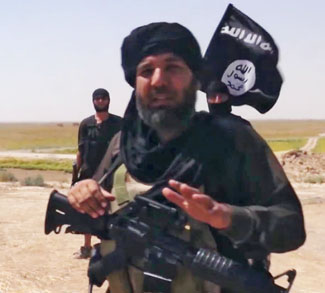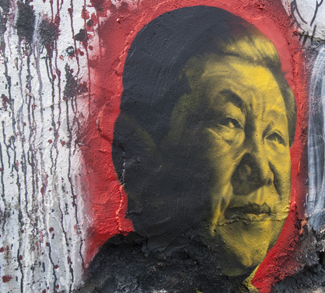The ongoing conflict in Sudan between the Sudanese Armed Forces (SAF) and the Rapid Support Forces (RSF) has reached a critical point. The SAF has made significant territorial gains, shifting the balance of power, while foreign involvement continues to shape the conflict. However, the war has also brought a devastating humanitarian crisis, deepening divisions within the country and making a resolution seem increasingly complex. This article explores the recent military developments, the role of international players, and what the longer-term future may hold for Sudan.
Recent Gains by the Sudanese Armed Forces
The SAF has recently made significant strides in reclaiming key areas, particularly in Khartoum Bahri, where it now controls nearly the entire region, including the vital Kafouri district—one of the RSF’s last strongholds in the city. The area has long been a focal point of intense clashes due to its strategic importance for mobility and supply routes. By securing key bridges, the SAF has successfully linked previously isolated forces, allowing for more efficient troop movements. Strategic positions such as the “Blue Towers” in Shambat, known for their height and sniper vantage points, further strengthen the SAF’s grip over large sections of the city. Territorial gains in Khartoum Bahri have also expanded their control, significantly reducing RSF artillery threats to central and northern Omdurman on the west side of the Nile. Moreover, by taking control of the Jelei oil refinery—Sudan’s largest—the SAF has gained a crucial economic advantage, cutting off the RSF’s access to much-needed fuel supplies.




